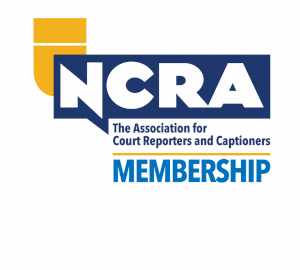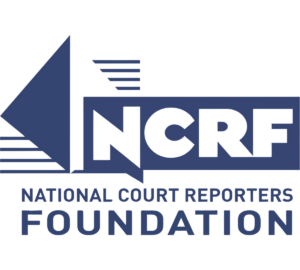 By Matt Barusch
By Matt Barusch
In the Dec. 13 issue of the JCR Weekly, NCRA’s Government Relations Department analyzed the tax reform legislation making its way through Congress. Since then, Congress passed its comprehensive tax reform package just before the end of the year. This update covers the final form of the legislation and how it will affect your wallets in the years to come.
In the past 31 years, Congress has tinkered with and tweaked small components of the overall tax code but has failed to achieve comprehensive reform. With the passage of the Tax Cuts and Jobs Act, the Republican-led Congress has achieved one of its most coveted agenda items.
The final version of the bill, signed by President Donald Trump, reduces individual tax rates across all seven brackets, reductions that expire after the year 2025. The highest tax rate is reduced from 39.6 percent to 37 percent, and the threshold at which the top rate kicks in is raised to $500,000 for individuals and $600,000 for married couples. This change brings significant tax breaks to wealthy taxpayers. The standard deduction is nearly doubled to $12,000, and personal exemptions are eliminated. Many other itemized deductions are affected by this legislation as well. State and local tax deductions are limited to $10,000, and medical expense deductions have been expanded by reducing the threshold to 7.5 percent of annual income. This deduction will be particularly important for low-income families with large medical expenses. Also, the new law doubles the child tax credit to $2,000, and it has a larger refundable portion that would allow more lower-income families to benefit. Benefits to middle-class Americans have been preserved in the bill, such as the student loan interest deduction and graduate student tuition waivers. This bill doesn’t make changes to retirement accounts like 401(k) plans.
Concerning corporate taxes, the new law lowers the top corporate tax rate from 35 percent to 21 percent. This is the largest tax cut in the bill, the largest corporate tax rate cut in U.S. history, and the permanent rate of taxation for corporations. Business interest deductions would be capped at 30 percent of income. Pass-through entities get a 20 percent deduction of their income tax-free, changes that expire after 2025. The term pass-through companies refers to business income that is passed through to the business owner’s individual tax return. These companies include S corporations, LLCs, partnerships, and sole proprietorships. The new law also repeals, by 2019, the individual mandate penalty for purchasing health insurance created by the Affordable Care Act.
Matt Barusch is NCRA’s Manager of State Government Relations. He can be reached at mbarusch@ncra.org.








